Chrysler 2013 Annual Report Download - page 96
Download and view the complete annual report
Please find page 96 of the 2013 Chrysler annual report below. You can navigate through the pages in the report by either clicking on the pages listed below, or by using the keyword search tool below to find specific information within the annual report.-
 1
1 -
 2
2 -
 3
3 -
 4
4 -
 5
5 -
 6
6 -
 7
7 -
 8
8 -
 9
9 -
 10
10 -
 11
11 -
 12
12 -
 13
13 -
 14
14 -
 15
15 -
 16
16 -
 17
17 -
 18
18 -
 19
19 -
 20
20 -
 21
21 -
 22
22 -
 23
23 -
 24
24 -
 25
25 -
 26
26 -
 27
27 -
 28
28 -
 29
29 -
 30
30 -
 31
31 -
 32
32 -
 33
33 -
 34
34 -
 35
35 -
 36
36 -
 37
37 -
 38
38 -
 39
39 -
 40
40 -
 41
41 -
 42
42 -
 43
43 -
 44
44 -
 45
45 -
 46
46 -
 47
47 -
 48
48 -
 49
49 -
 50
50 -
 51
51 -
 52
52 -
 53
53 -
 54
54 -
 55
55 -
 56
56 -
 57
57 -
 58
58 -
 59
59 -
 60
60 -
 61
61 -
 62
62 -
 63
63 -
 64
64 -
 65
65 -
 66
66 -
 67
67 -
 68
68 -
 69
69 -
 70
70 -
 71
71 -
 72
72 -
 73
73 -
 74
74 -
 75
75 -
 76
76 -
 77
77 -
 78
78 -
 79
79 -
 80
80 -
 81
81 -
 82
82 -
 83
83 -
 84
84 -
 85
85 -
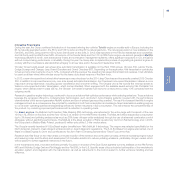 86
86 -
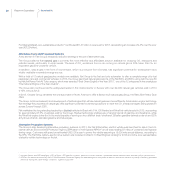 87
87 -
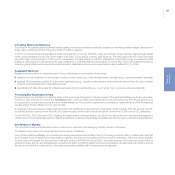 88
88 -
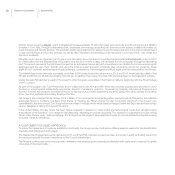 89
89 -
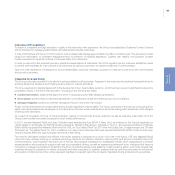 90
90 -
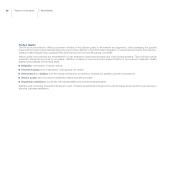 91
91 -
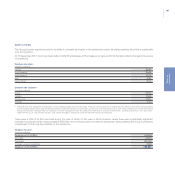 92
92 -
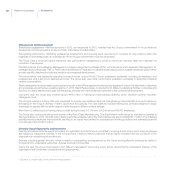 93
93 -
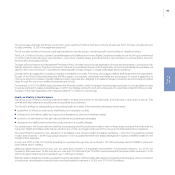 94
94 -
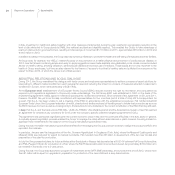 95
95 -
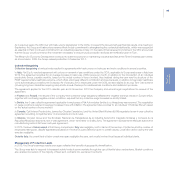 96
96 -
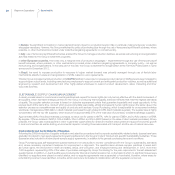 97
97 -
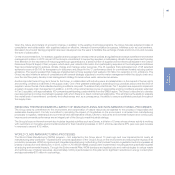 98
98 -
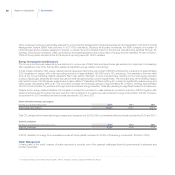 99
99 -
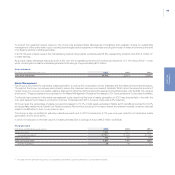 100
100 -
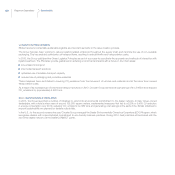 101
101 -
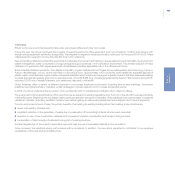 102
102 -
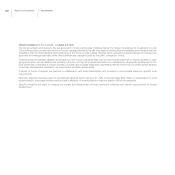 103
103 -
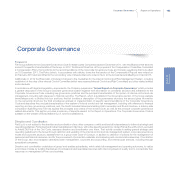 104
104 -
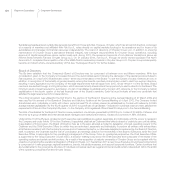 105
105 -
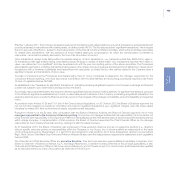 106
106 -
 107
107 -
 108
108 -
 109
109 -
 110
110 -
 111
111 -
 112
112 -
 113
113 -
 114
114 -
 115
115 -
 116
116 -
 117
117 -
 118
118 -
 119
119 -
 120
120 -
 121
121 -
 122
122 -
 123
123 -
 124
124 -
 125
125 -
 126
126 -
 127
127 -
 128
128 -
 129
129 -
 130
130 -
 131
131 -
 132
132 -
 133
133 -
 134
134 -
 135
135 -
 136
136 -
 137
137 -
 138
138 -
 139
139 -
 140
140 -
 141
141 -
 142
142 -
 143
143 -
 144
144 -
 145
145 -
 146
146 -
 147
147 -
 148
148 -
 149
149 -
 150
150 -
 151
151 -
 152
152 -
 153
153 -
 154
154 -
 155
155 -
 156
156 -
 157
157 -
 158
158 -
 159
159 -
 160
160 -
 161
161 -
 162
162 -
 163
163 -
 164
164 -
 165
165 -
 166
166 -
 167
167 -
 168
168 -
 169
169 -
 170
170 -
 171
171 -
 172
172 -
 173
173 -
 174
174 -
 175
175 -
 176
176 -
 177
177 -
 178
178 -
 179
179 -
 180
180 -
 181
181 -
 182
182 -
 183
183 -
 184
184 -
 185
185 -
 186
186 -
 187
187 -
 188
188 -
 189
189 -
 190
190 -
 191
191 -
 192
192 -
 193
193 -
 194
194 -
 195
195 -
 196
196 -
 197
197 -
 198
198 -
 199
199 -
 200
200 -
 201
201 -
 202
202 -
 203
203 -
 204
204 -
 205
205 -
 206
206 -
 207
207 -
 208
208 -
 209
209 -
 210
210 -
 211
211 -
 212
212 -
 213
213 -
 214
214 -
 215
215 -
 216
216 -
 217
217 -
 218
218 -
 219
219 -
 220
220 -
 221
221 -
 222
222 -
 223
223 -
 224
224 -
 225
225 -
 226
226 -
 227
227 -
 228
228 -
 229
229 -
 230
230 -
 231
231 -
 232
232 -
 233
233 -
 234
234 -
 235
235 -
 236
236 -
 237
237 -
 238
238 -
 239
239 -
 240
240 -
 241
241 -
 242
242 -
 243
243 -
 244
244 -
 245
245 -
 246
246 -
 247
247 -
 248
248 -
 249
249 -
 250
250 -
 251
251 -
 252
252 -
 253
253 -
 254
254 -
 255
255 -
 256
256 -
 257
257 -
 258
258 -
 259
259 -
 260
260 -
 261
261 -
 262
262 -
 263
263 -
 264
264 -
 265
265 -
 266
266 -
 267
267 -
 268
268 -
 269
269 -
 270
270 -
 271
271 -
 272
272 -
 273
273 -
 274
274 -
 275
275 -
 276
276 -
 277
277 -
 278
278 -
 279
279 -
 280
280 -
 281
281 -
 282
282 -
 283
283 -
 284
284 -
 285
285 -
 286
286 -
 287
287 -
 288
288 -
 289
289 -
 290
290 -
 291
291 -
 292
292 -
 293
293 -
 294
294 -
 295
295 -
 296
296 -
 297
297 -
 298
298 -
 299
299 -
 300
300 -
 301
301 -
 302
302 -
 303
303 -
 304
304 -
 305
305 -
 306
306 -
 307
307 -
 308
308 -
 309
309 -
 310
310 -
 311
311 -
 312
312 -
 313
313 -
 314
314 -
 315
315 -
 316
316 -
 317
317 -
 318
318 -
 319
319 -
 320
320 -
 321
321 -
 322
322 -
 323
323 -
 324
324 -
 325
325 -
 326
326 -
 327
327 -
 328
328 -
 329
329 -
 330
330 -
 331
331 -
 332
332 -
 333
333 -
 334
334 -
 335
335 -
 336
336 -
 337
337 -
 338
338 -
 339
339 -
 340
340 -
 341
341 -
 342
342 -
 343
343 -
 344
344 -
 345
345 -
 346
346 -
 347
347 -
 348
348 -
 349
349 -
 350
350 -
 351
351 -
 352
352 -
 353
353 -
 354
354 -
 355
355 -
 356
356 -
 357
357 -
 358
358 -
 359
359 -
 360
360 -
 361
361 -
 362
362 -
 363
363 -
 364
364 -
 365
365 -
 366
366
 |
 |

95
Report on
Operations
As in previous years, the CEO met with trade unions (signatories to the CCSL) to present the Group’s half-year financial results. At a meeting in
September, the Group and trade unions renewed their mutual commitment to strengthening the contractual relationship, which was recognized
as essential to Fiat’s continued commitment to an industrial presence in Italy. On the basis of that renewed commitment, the CEO announced
that the Group would commence the investment necessary to ensure future production and jobs at the Mirafiori plant in Turin.
The Ministry for Economic Development continued to examine solutions for maintaining industrial activities at the Termini Imerese plant where,
as announced in 2009, the Group ceased production in December 2011.
Collective Bargaining
Collective bargaining at various levels resulted in agreements with trade unions on both pay and work conditions in several countries.
In Italy, Fiat S.p.A. reached agreement with unions on renewal of pay conditions under the CCSL applicable to Group employees in Italy from
2012. The agreement provides for an average increase in basic pay of €40 gross per month, in addition to the introduction of an individual
productivity bonus, payable monthly, based on the actual number of hours worked. Also finalized during the year was the structure of the
FASIF supplementary healthcare scheme, which offers employees different contribution and service levels, in addition to free basic healthcare
cover automatically provided by the Company. As of January 2013, employees under the CCSL are also eligible for a Long-Term Care scheme
(covering long-term disabilities requiring care) and bi-annual checkups for cardiovascular conditions and metabolic syndrome.
The agreement applies for the 2013 calendar year and in November 2013 the Company and unions began negotiations for renewal of the
agreement.
In France and Poland, the results of the company-level collective wage bargaining reflected the negative earnings results in Europe which,
together with continuing negative market conditions, required that any collective wage increases be strictly limited.
In Serbia, the 3-year collective agreement applicable to employees of Fiat Automobiles Serbia d.o.o Kragujevaç was renewed. The negotiation
on wage conditions resulted in average increases in line with inflation. The agreement also provides for an individual “Christmas Bonus” based
on the actual number of hours worked.
In Canada, CpK Interior Products Inc. (owned by Chrysler Canada Inc.) and the United Steel Workers (USW) negotiated a new 4-year collective
agreement providing competitive labor cost provisions and work rules.
In Mexico, Chrysler Group and the Sindicato Nacional de Trabajadores de la Industria Automotriz Integrada Similares y Conexos de la
Republica Mexicana reached a new 3-year agreement, which terminates on 9 May 2016. The agreement represents the Mexican automotive
manufacturing sector’s first ever multi-year agreement.
In 2013, the level of labor unrest at Fiat Group companies in Italy was negligible, both in terms of the number of instances and the number of
employees taking part, despite appearances based on the level of public attention given to certain issues. Local labor action during the year
was also negligible.
Outside Italy, the overall level of labor unrest was again negligible this year, and mostly involved local issues at individual plants.
Management of Production Levels
In 2013, the Group’s earnings results once again reflected the benefits of geographic diversification.
The Group was able to respond to increased activity levels in some markets through the use of flexible labor mechanisms. Market conditions
also enabled conversion of the majority of fixed-term contracts into permanent contracts.
